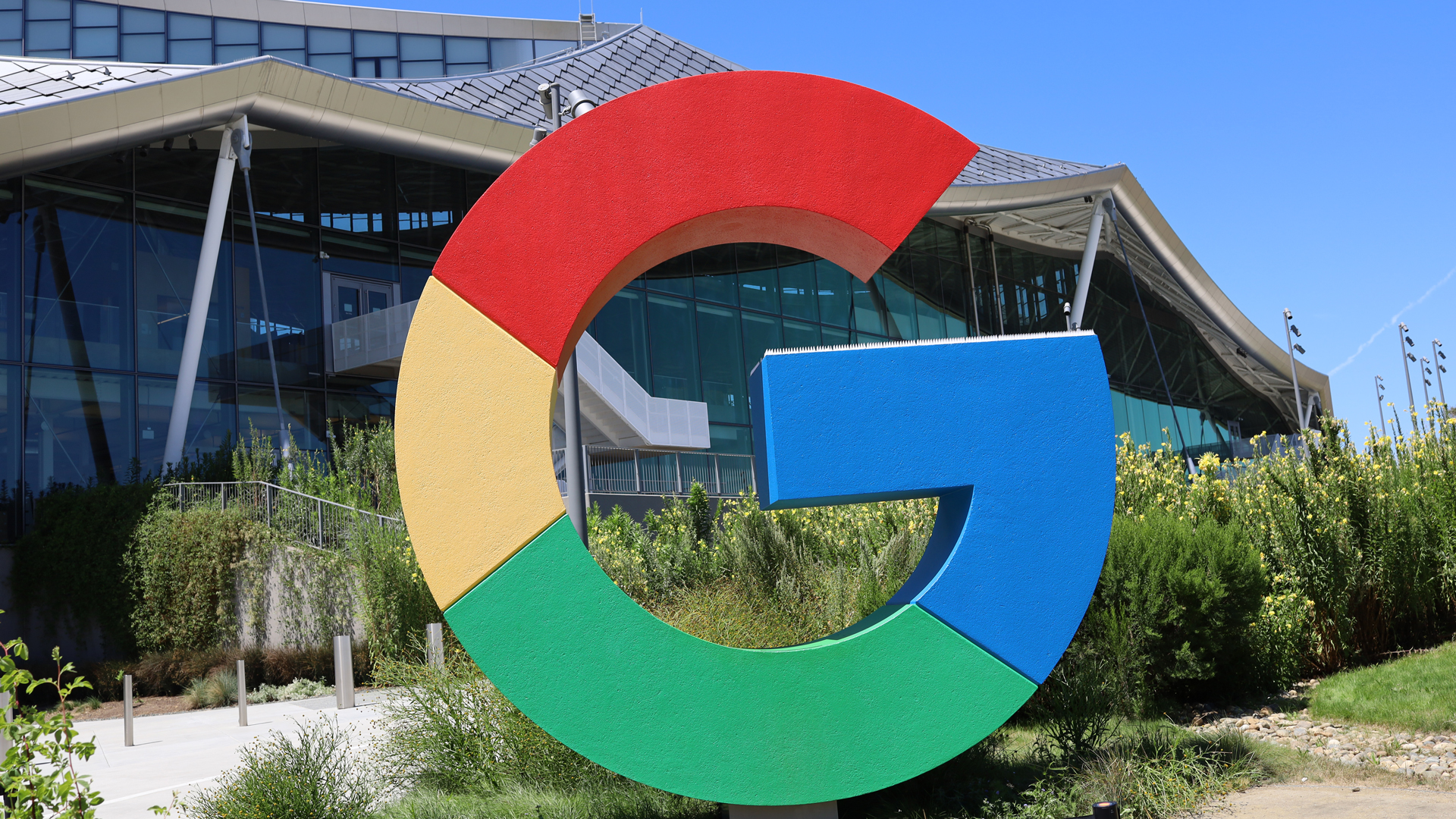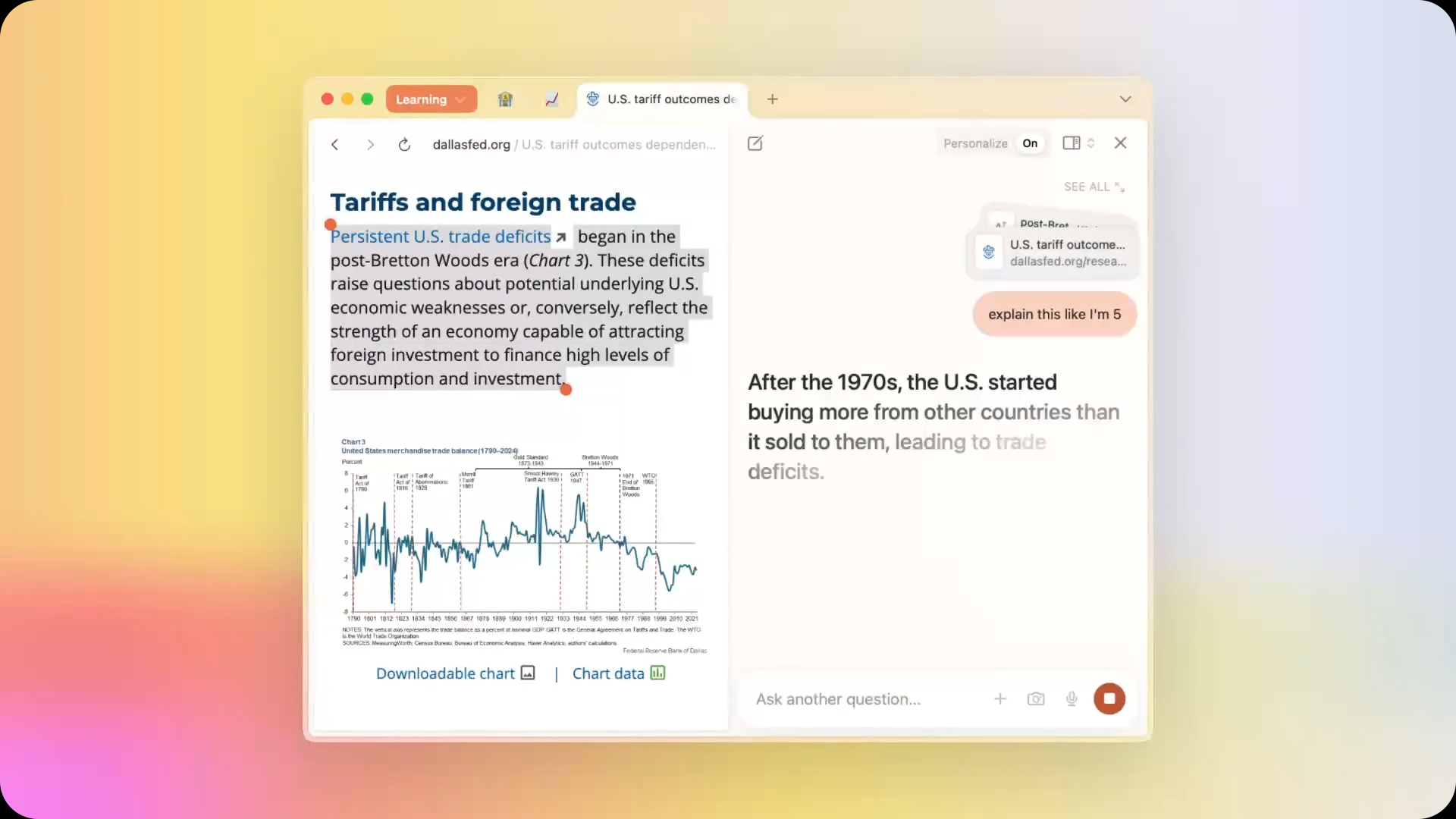Address | Internet
Private IP addresses are used within a private network (like your home or office LAN) and are not directly routable on the public internet. Class A: 10.0.0.0 to 10.255.255.255 (10.0.0.0/8) Class B: 172.16.0.0 to 172.31.255.255 (172.16.0.0/12) Class C: 192.168.0.0 to 192.168.255.255 (192.168.0.0/16) Public IPs are worldwide unique and routable on the internet. Any device directly connected to the internet (such as your router) will have a public IP. When you open a website or email, your public IP is used to address your network on the internet. These addresses are assigned by Internet Service Providers (ISPs) from blocks allocated by regional internet registries (RIRs), which are overseen by the Internet Assigned Numbers Authority (IANA). Class D: 224.0.0.0 to 239.255.255.255 Class E: 240.0.0.0 to 255.255.255.255 ✔ Private IPs are used in internal networks ✔ Public IPs are used to connect to the internet Public: For sale Private: Not for sale Carrier-Grade NAT (CGNAT), also known as Large-Scale NAT (LSN), is a network address translation (NAT) technique used by Internet Service Providers (ISPs) to mitigate the ongoing exhaustion of IPv4 addresses. CGNAT acts as an intermediary layer of NAT at the ISP level, allowing multiple customers to share a single public IPv4 address. Think of it like this: Traditional NAT (your home router): Your home router takes all the private IP addresses of devices within your home network (e.g., 192.168.1.2, 192.168.1.3) and translates them to a single public IP address that your ISP assigns to your router. CGNAT (ISP level): CGNAT goes a step further. It takes the "public" IP address that your home router receives (which, in a CGNAT setup, is a private IP address from the ISP's internal network) and translates it, along with the "private" IPs of hundreds or even thousands of other customers, to a single public IP address that is then used to access the internet.

Private IP addresses are used within a private network (like your home or office LAN) and are not directly routable on the public internet.
Class A: 10.0.0.0 to 10.255.255.255 (10.0.0.0/8)
Class B: 172.16.0.0 to 172.31.255.255 (172.16.0.0/12)
Class C: 192.168.0.0 to 192.168.255.255 (192.168.0.0/16)
Public IPs are worldwide unique and routable on the internet. Any device directly connected to the internet (such as your router) will have a public IP. When you open a website or email, your public IP is used to address your network on the internet.
These addresses are assigned by Internet Service Providers (ISPs) from blocks allocated by regional internet registries (RIRs), which are overseen by the Internet Assigned Numbers Authority (IANA).
Class D: 224.0.0.0 to 239.255.255.255
Class E: 240.0.0.0 to 255.255.255.255
✔ Private IPs are used in internal networks
✔ Public IPs are used to connect to the internet
Public: For sale
Private: Not for sale
Carrier-Grade NAT (CGNAT), also known as Large-Scale NAT (LSN), is a network address translation (NAT) technique used by Internet Service Providers (ISPs) to mitigate the ongoing exhaustion of IPv4 addresses.
CGNAT acts as an intermediary layer of NAT at the ISP level, allowing multiple customers to share a single public IPv4 address. Think of it like this:
Traditional NAT (your home router): Your home router takes all the private IP addresses of devices within your home network (e.g., 192.168.1.2, 192.168.1.3) and translates them to a single public IP address that your ISP assigns to your router.
CGNAT (ISP level): CGNAT goes a step further. It takes the "public" IP address that your home router receives (which, in a CGNAT setup, is a private IP address from the ISP's internal network) and translates it, along with the "private" IPs of hundreds or even thousands of other customers, to a single public IP address that is then used to access the internet.

















































































































































![Top Features of Vision-Based Workplace Safety Tools [2025]](https://static.wixstatic.com/media/379e66_7e75a4bcefe14e4fbc100abdff83bed3~mv2.jpg/v1/fit/w_1000,h_884,al_c,q_80/file.png?#)































![[The AI Show Episode 152]: ChatGPT Connectors, AI-Human Relationships, New AI Job Data, OpenAI Court-Ordered to Keep ChatGPT Logs & WPP’s Large Marketing Model](https://www.marketingaiinstitute.com/hubfs/ep%20152%20cover.png)






















































































































![[DEALS] Microsoft Visual Studio Professional 2022 + The Premium Learn to Code Certification Bundle (97% off) & Other Deals Up To 98% Off](https://www.javacodegeeks.com/wp-content/uploads/2012/12/jcg-logo.jpg)






































































































































































































































![PSA: Widespread internet outage affects Spotify, Google, Discord, Cloudflare, more [U: Fixed]](https://i0.wp.com/9to5mac.com/wp-content/uploads/sites/6/2024/07/iCloud-Private-Relay-outage-resolved.jpg?resize=1200%2C628&quality=82&strip=all&ssl=1)





















![Apple Shares Teaser Trailer for 'The Lost Bus' Starring Matthew McConaughey [Video]](https://www.iclarified.com/images/news/97582/97582/97582-640.jpg)


































































